California raised its fast-food minimum wage to $20 per hour. This 29% increase from $15.50 stirred controversy among economists and industry leaders.
Critics warned of potential job losses and reduced hours for workers. The decision aimed to address wage disparities in the fast-food sector.
How did employment numbers surprise skeptics?
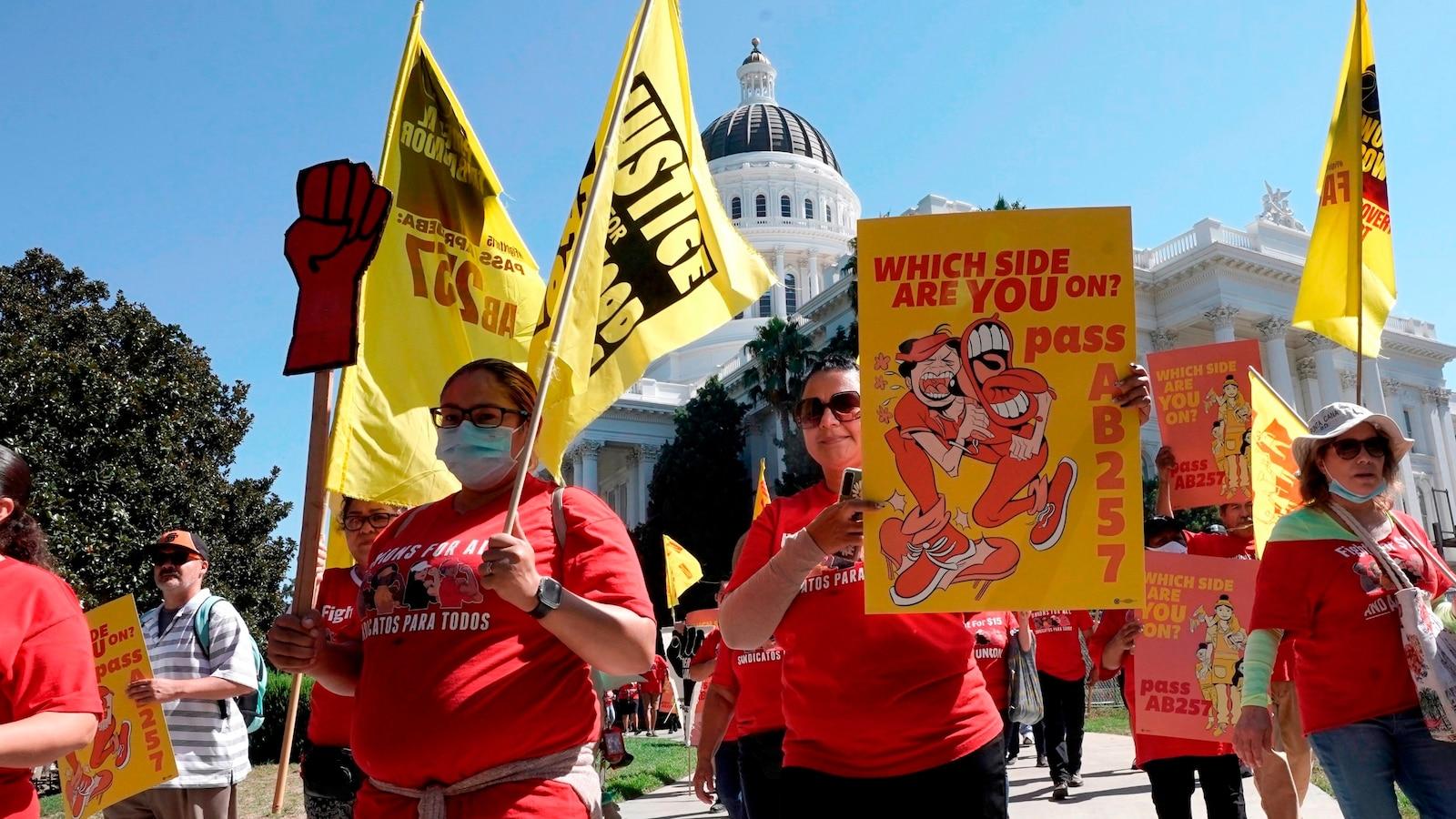
Recent data reveals unexpected growth in California’s fast-food industry. The state added 11,000 new jobs since April 2024.
Employment figures have increased every month this year. These statistics challenge predictions of industry decline following the wage hike.
What do the latest job figures show?
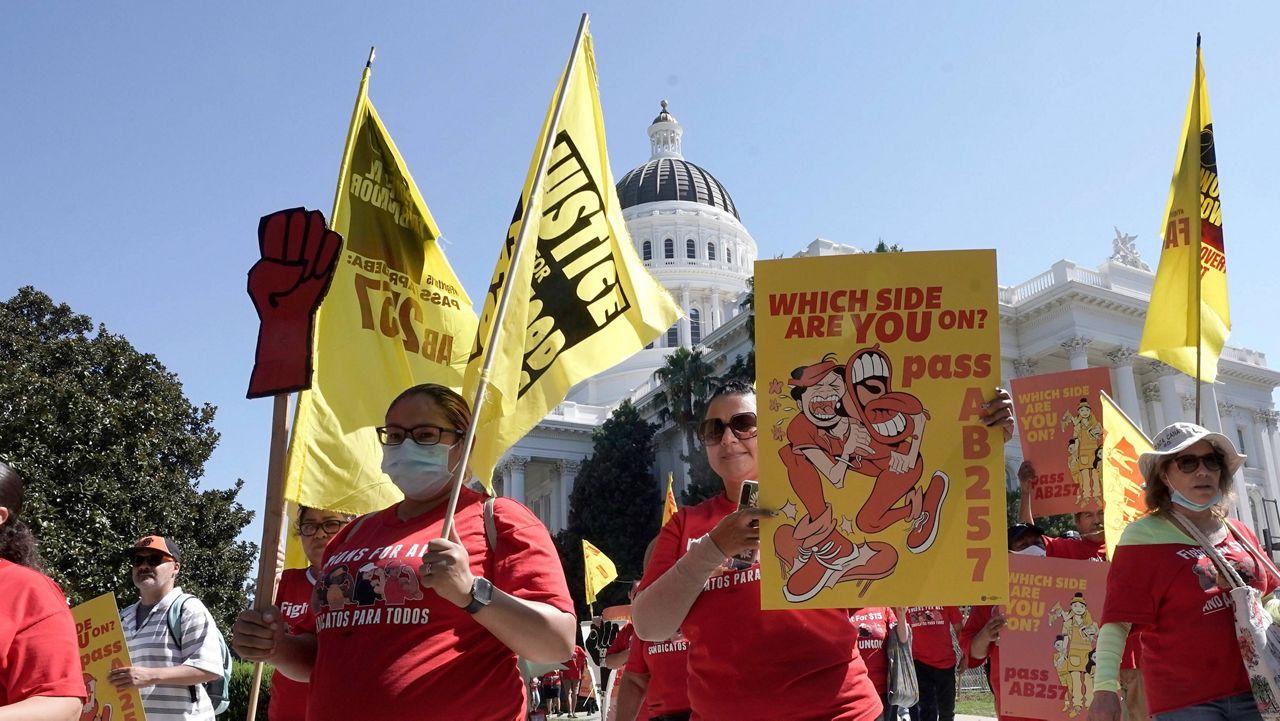
May 2024 saw 743,300 fast-food workers employed in California. This number surpasses the 742,600 workers recorded in May 2023.
The industry has experienced consistent monthly job gains throughout 2024. Experts now reassess their understanding of wage increases’ impact on employment.
Can higher wages boost the economy?
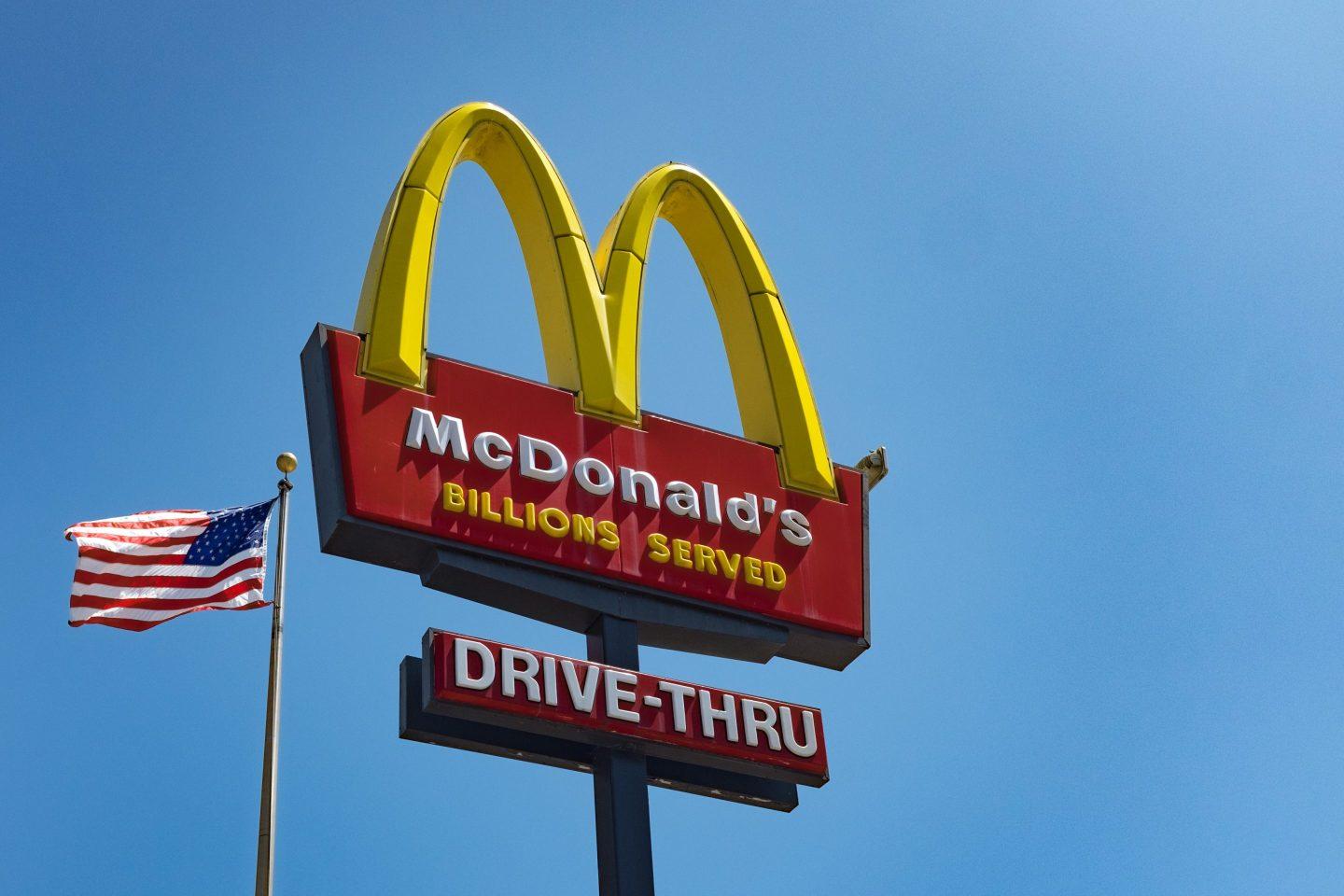
The governor argues that fair pay benefits both workers and businesses. California’s fast-food sector continues to grow despite increased labor costs.
Some economists now explore the possibility that higher wages stimulate consumer spending. This growth challenges traditional views on minimum wage effects.
How are workers’ lives changing?

Fast-food employees now earn $41,600 annually, up from $32,240. This $9,360 increase significantly impacts workers’ financial stability.
Reports suggest improved job satisfaction and reduced turnover rates. However, long-term effects on career advancement remain unclear.
Will other states follow California’s lead?

Several states closely monitor California’s fast-food wage experiment. New York and Washington consider similar legislation for 2025.
Industry leaders in these states voice concerns about potential ripple effects. The success or failure of California’s policy could shape national wage debates.
What challenges do restaurants still face?

Despite job growth, restaurants grapple with increased operating costs. Some establishments report menu price increases of 5-10%.
Smaller, independent eateries express concerns about long-term viability. Industry innovation in automation and efficiency may accelerate.
How might this affect future policies?

California’s experience could influence broader labor policies. Policymakers may reconsider the relationship between wages and employment.
Some propose gradual wage increases to allow business adaptation. The debate now shifts to finding the optimal balance between worker pay and business sustainability.
What do critics say now?
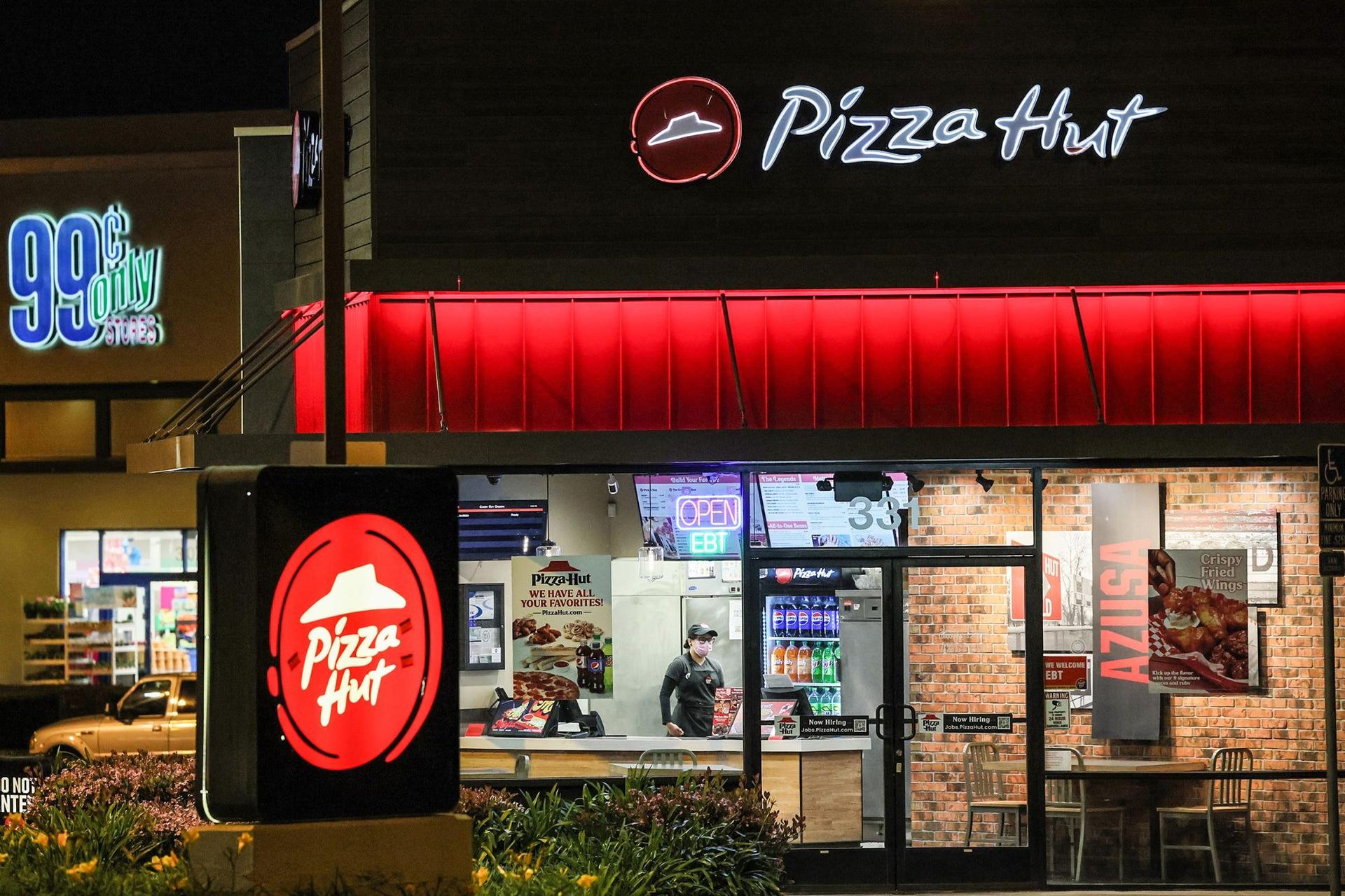
Some economists maintain skepticism about long-term effects. They argue that job growth might slow in coming years.
Critics call for more comprehensive studies on industry-wide impacts. The debate highlights the complex relationship between wages and economic health.
What’s next for California’s fast-food industry?
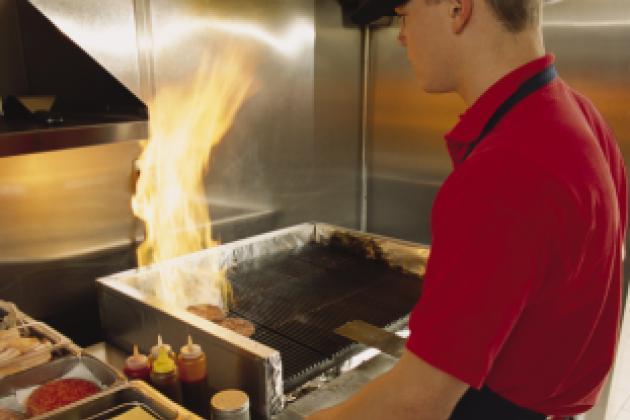
As the industry adapts to higher wages, new challenges emerge. Consumer behavior and technological advancements will play crucial roles.
Experts predict potential shifts in business models and job roles. The coming years will reveal the true impact of this bold wage experiment.


